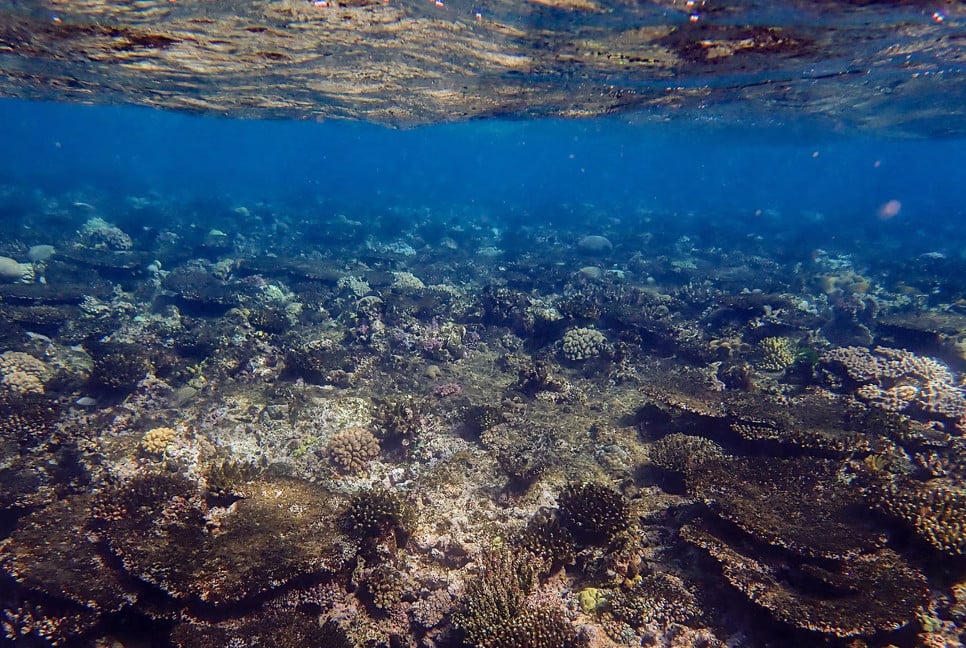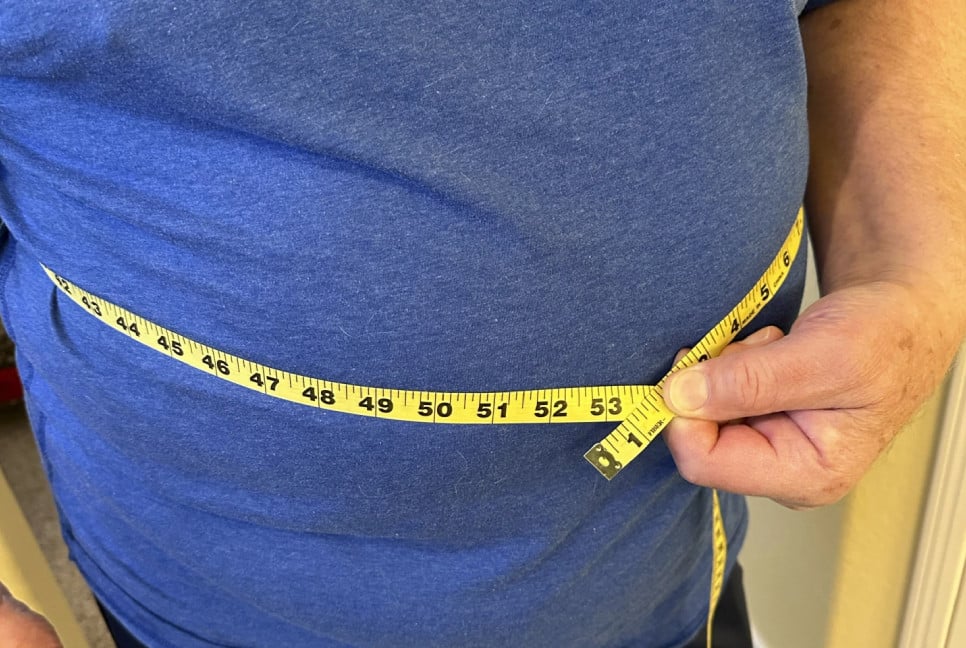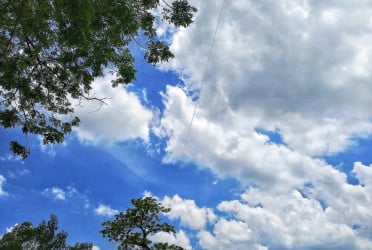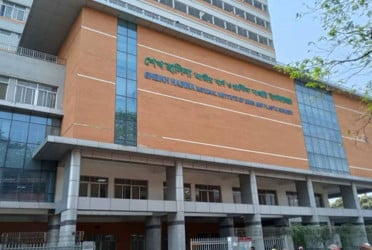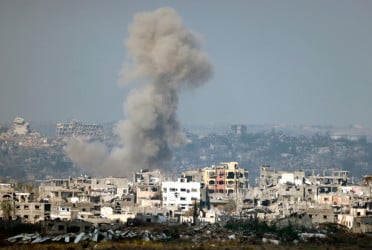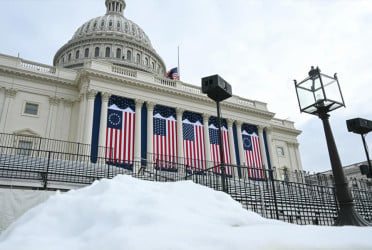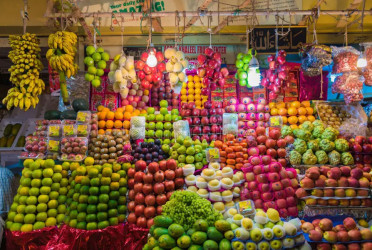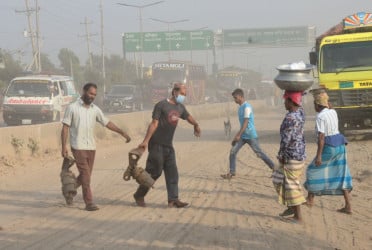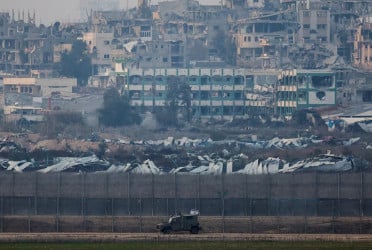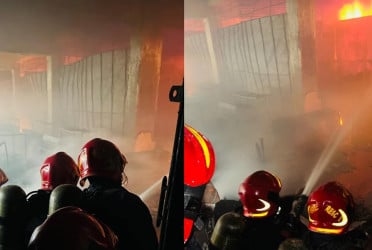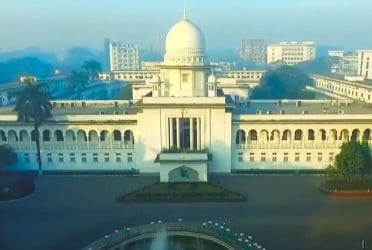Reefs in northern Great Barrier Reef have seen “substantial losses” of coral cover after a summer of extreme heat, two cyclones and major flooding, reports Reuters.
A survey by Australian Institute of Marine Science reveals the information.
After the most widespread coral bleaching event seen on the world’s biggest reef system, the researchers said one area around Cooktown and Lizard Island had lost more than a third of its live hard coral – the biggest annual drop in 39 years of monitoring.
Dr Mike Emslie, leader of Aims’ long-term monitoring program, described a “graveyard of corals” off Lizard Island, with Linnet Reef one of the worst-hit.
“It was pretty sobering,” he said. “Probably the worst single impact I have seen in 30 years. We saw dead standing coral colonies and the whole scene was a drab brown mess. As far as the eye could see was corals covered in algae.”
Aims revealed the results from in-water surveys of 19 reefs between Cairns and Cooktown carried out in recent months, where 12 reefs saw a drop in coral cover of between 11% and 72%.
The results are the first official assessment of the impact of last summer’s mass coral bleaching event, which came during a fourth global event that saw heat stress high enough to bleach more than 70% of the planet’s corals, affecting reefs in more than 70 countries.
Mass coral bleaching is caused by rising ocean temperatures driven mostly by the burning of fossil fuels.
Emslie said most of the coral death seen in the surveys had been caused by climate change-driven heat stress, but there were also impacts from two summer cyclones and flooding that saw freshwater run into the reef’s waters.
The hardest hit corals were the branching and plating Acroporas, he said, which had underpinned a growth in coral cover in recent years but had been identified as susceptible to bleaching.
The greatest heat stress last summer was seen in the reef’s southern section where scientists were on Tuesday returning from initial surveys.
Emslie said: “There is a feeling of trepidation of what the data might show [from the south of the reef].”
Between 80 and 100 more reefs are still to be surveyed between now and July 2025.
The world heritage committee, which has refused to put the reef on a list of sites in danger, urged the government to release data on coral mortality “as soon as possible”.
Coral cover in the Lizard Island-Cooktown section of the reef had fallen from 31% to 19%. Around Cairns, coral cover dropped by a third but reefs around Innisfail were stable.
Emslie said, “From what we have seen so far, the impact from these events is significant coral mortality in those areas hardest hit, although the level of mortality has been variable, and a few reefs escaped significant loss.”
He said some coral species appeared to have fared much better than others, and data so far suggested reefs on the outer shelf were much less affected. Most reefs now have moderate levels of coral cover of between 10% and 30%.
Emslie said mass coral bleaching events were “unheard of” before the late 1990s but were now happening “every other year” on the reef, and this would worsen as global heating continued. The 2024 mass bleaching was the fifth since 2016.
Richard Leck, head of oceans at World Wide Fund for Nature-Australia, said the results showed “our worst fears from this year’s coral bleaching event being realised”.
“The Great Barrier Reef can bounce back but there are limits to its resilience,” he said. “It can’t get repeatedly hammered like this. We are fast approaching a tipping point.
“Australia must commit to a federal emissions reduction target of at least 90% below 2005 levels by 2035, stop approving new fossil fuel projects and support the worldwide push for a global treaty to phase out all fossil fuels.”
Bd-Pratidin English/ Afsar Munna

